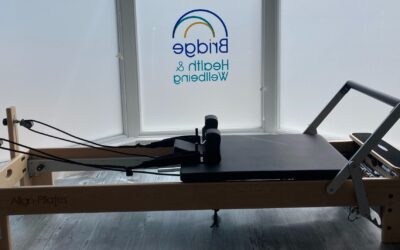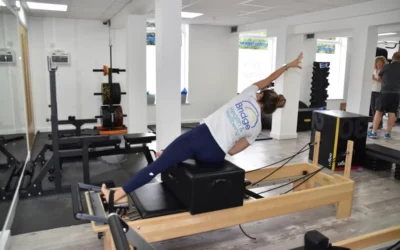The foot and ankle are made up of a large number of bones, ligaments, muscles, tendons and connective tissue (fascia) with the main purpose of absorbing load and force (landing, change of direction, deceleration etc) and locomotion (walking) all of which can be affected by foot and ankle injuries.
Bony Anatomy:
The ankle is made up of 3 bones, the tibia and fibula from the lower leg and the talus, which is a bone in the foot. There are 26 bones in the foot which articulate together to provide both mobility and mechanical strength. These bones are called tarsals, metatarsals and phalanges.

Ligaments:
There are numerous ligaments found throughout the entire foot and ankle complex with a few of note. In particular, the 2 found on the outside of the ankle provide stability when the foot/ankle turns in. These are called the Anterior Talo-Fibula ligament (ATFL) and the Calcano-Fibula ligament (CFL). We also have a group of ligaments on the inside of the ankle which is commonly called the deltoid ligament.
Muscles and tendons:
There are over 100 muscles in the foot and ankle complex, all working together to provide movement, strength and stability. The more commonly known muscles are the calf muscles which become the Achilles tendon, the tibialis posterior which runs down the inside of the calf into the foot and provides support through the arch of the foot and the peroneals which run down the outside of the leg into the foot helping support the ankle as it turns in.

Connective tissue/fascia:
Along the sole of the foot we have a band of strong, connective tissue that helps support the arch of the foot. It runs from the heel bone to the base of the toes and helps in absorbing load.
Common foot and ankle injuries:
- Achilles tendinopathy – we used to call this tendonitis but now understand that in the majority of cases we go past an active inflammation to a more chronic overload type injury. You will usually experience pain and stiffness in the Achilles first thing in the morning and during the first 5 minutes of activity/sport until the tendon warms.
- Twisted ankle – the inversion ankle sprain is one of the most common injuries we see. The foot is forced into a position that stretches and sometimes tears the ligaments on the outside of the ankle.
- Stress fractures – these fractures usually involve the smaller bones in the feet, but they can also occur in the tibia and fibula. Stress fractures are caused by repetitive overload through the bones.
- Ankle fractures – unfortunately, complete fractures of the bones around the foot and ankle are quite common.
- Plantafasciitis – this is a condition when the band of tissue on the sole of the foot gets irritated, usually causing pain on the inside of the foot near the heel.
If you want more information on foot and ankle injuries please get in touch, on 01202 473 800 or email paul@bridgehw.com
At Bridge Health & Wellbeing we offer physiotherapy, rehabilitation, sports massage, Pilates and yoga at our bespoke healthcare clinic on Bridge Street in Christchurch Dorset.



